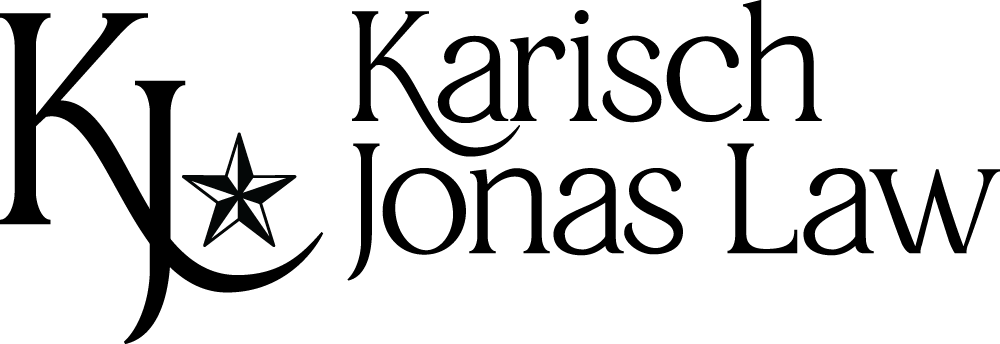Execution Day: Practicalities of Signing Estate Planning Documents
After carefully drafting and explaining legal documents that reflect a client’s wishes for their disability and death planning, an estate planning lawyer faces a very important job that is often considered an afterthought – supervising the proper execution of the documents. The COVID-19 pandemic highlighted how inflexible this requirement is; when most other parts of the process were able to successfully shift to remote collaboration, the documents still had to be physically signed, which led to plenty of creative solutions (how many of us had to parse dozens of blurry pages photographed by a cell phone camera to complete the temporary remote will-signing procedure?). Clients are often surprised that signing the documents is such a rigid experience, so it helps to explain the formality early in the estate planning process.
The little things that can catch practitioners off guard are too plentiful to list, but the following are a few commonly-encountered hurdles to a smooth will execution meeting.
For wills, keeping track of which document is the original is crucial. With an older document and black ink, it can be surprisingly difficult to determine whether a document is an original or a high-quality copy. At Karisch Jonas Law, it is our practice to insist on the use of our preferred blue ball-point pen for every document signing; on the rare occasions that a contraband pen (even once a purple one!) is used, there is inevitably an issue with scanning, smearing, or legibility, so we have chosen to provide our own pens at the beginning of the signing meeting.
The 2017 legislative changes for durable powers of attorney included a requirement that the so-called “hot powers” must be specifically initialed in order to be effective. That change meant that a client could not simply sign on the dotted line in most cases, because initials are needed throughout the document to make thoughtful selections. Practitioners may disagree about the benefits of this change in format, but for most of us, the time needed to complete this document has significantly extended the signing meeting. Previewing the options in the initial meeting, pointing out the optional language in the drafts, and designating the client’s previously-stated selections with stickers on the execution document can all help streamline the process while ensuring that the client is making informed decisions on this important document.
Clients are often thrown when they reach the first signature line bearing their full legal name: remembering how to write one’s middle name in cursive would prompt stage fright in anyone, especially with three legal professionals looking on. It is helpful to remember that the signature requirement for a will under Texas law is quite forgiving: any mark made by the testator with the intent of signing the will can be adequate, and the testator may even direct someone else to sign for them. In most cases, it is best for the client to sign their usual signature; if there is a question of forgery or the self-proving affidavit fails, it will be helpful for the signature to be recognizable to a third party who is familiar with the client’s handwriting. For the notary, this is a different story, as the signed name on a notarial certificate must match the name listed on the notary’s commission. A very wise legal assistant once counseled that the best approach here is to obtain a certificate based on the notary’s established signature to avoid the middle-name snafu mentioned above.

